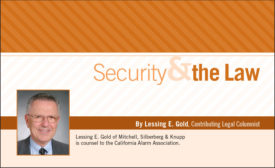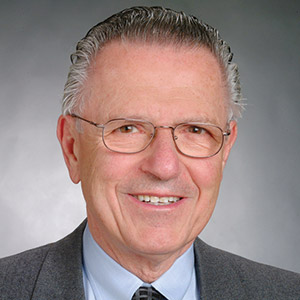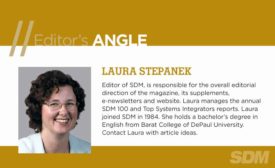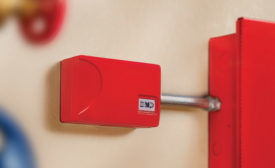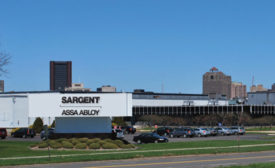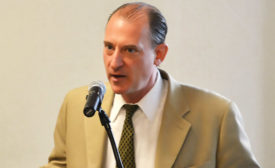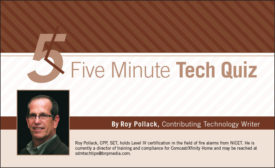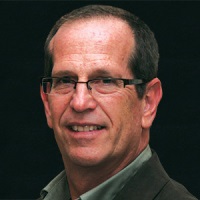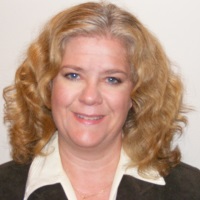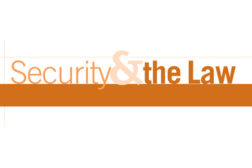Standards, Regulations & Legislation
Changes in the NFPA Fire Code Are Driving a Thriving Retrofit Market
Big changes in Fire Panel Communications are driving a thriving retrofit market
July 6, 2015
Be in the forefront of security intelligence when you receive SDM.
Join over 10,000+ professionals when you subscribe today.
SIGN UP TODAY!Copyright ©2025. All Rights Reserved BNP Media.
Design, CMS, Hosting & Web Development :: ePublishing
